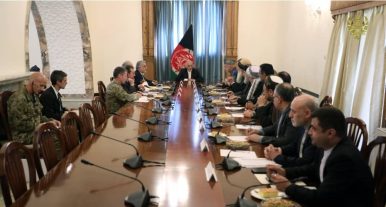By M.A. Athul*
 On March 30, 2019, a former District Council member, identified as Seliam Wangsa, who was campaigning for a Bharatiya Janata Party (BJP) candidate, Honchun Ngandam, was killed by suspected militants at Nginu village in the Longding District of Arunachal Pradesh. Ngandam is the BJP candidate for the Arunachal Pradesh East parliamentary seat.
On March 30, 2019, a former District Council member, identified as Seliam Wangsa, who was campaigning for a Bharatiya Janata Party (BJP) candidate, Honchun Ngandam, was killed by suspected militants at Nginu village in the Longding District of Arunachal Pradesh. Ngandam is the BJP candidate for the Arunachal Pradesh East parliamentary seat.
On March 29, 2019, suspected cadres of the Isak-Muivah faction of the National Socialist Council of Nagaland (NSCN-IM) shot dead Jaley Anna, a National People’s Party (NPP) worker, at Kheti village in the Tirap District of Arunachal Pradesh.
Seven-phase general elections are in the process across the country, scheduled to be over by May 19, with counting of votes scheduled on May 23. Polling in eight States of the Northeast is scheduled in three phases, between April 11 and May 19.
















/arc-anglerfish-arc2-prod-mco.s3.amazonaws.com/public/X5H442MN2NEC3JBL6UEF2B4DKQ.jpg)
